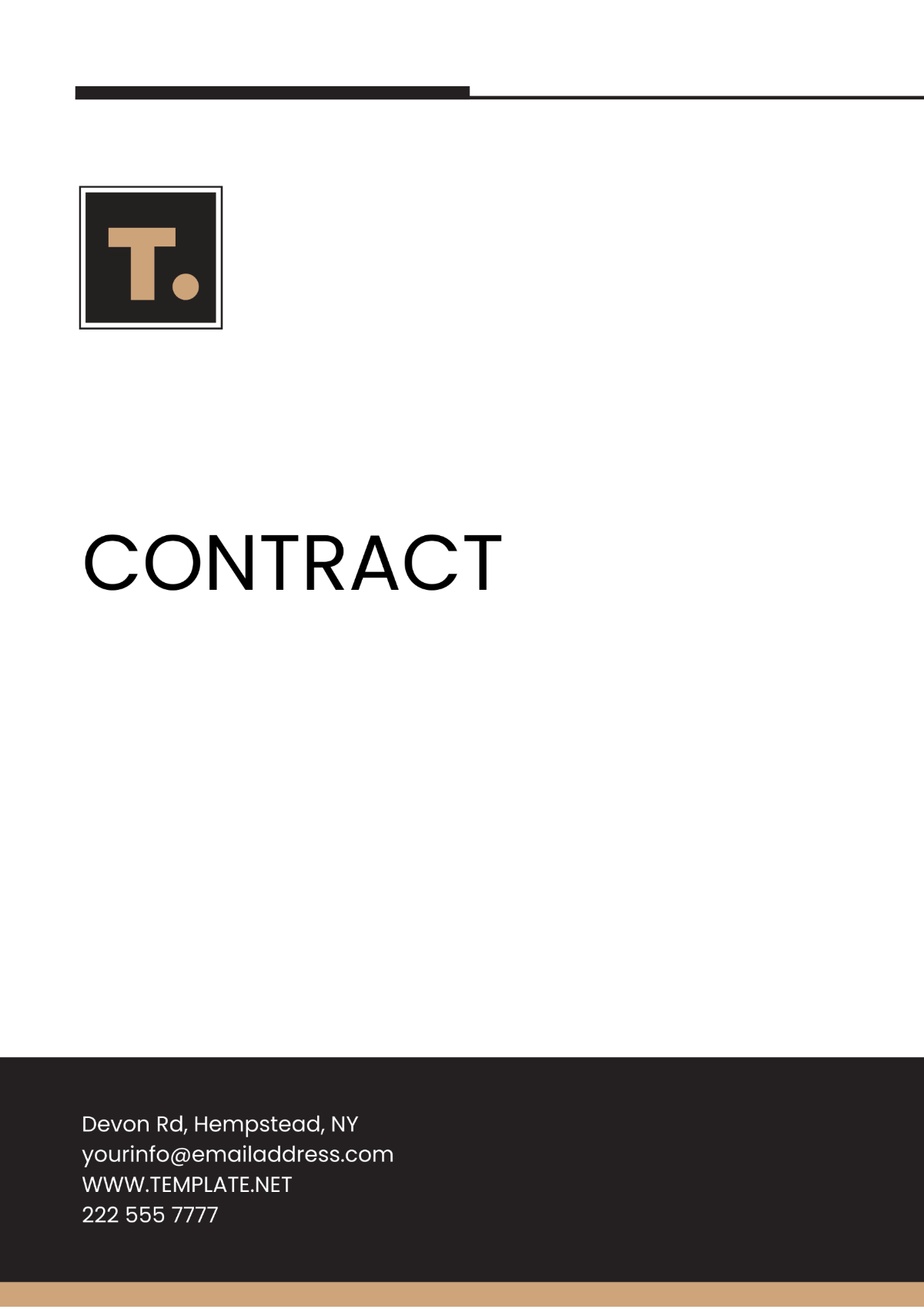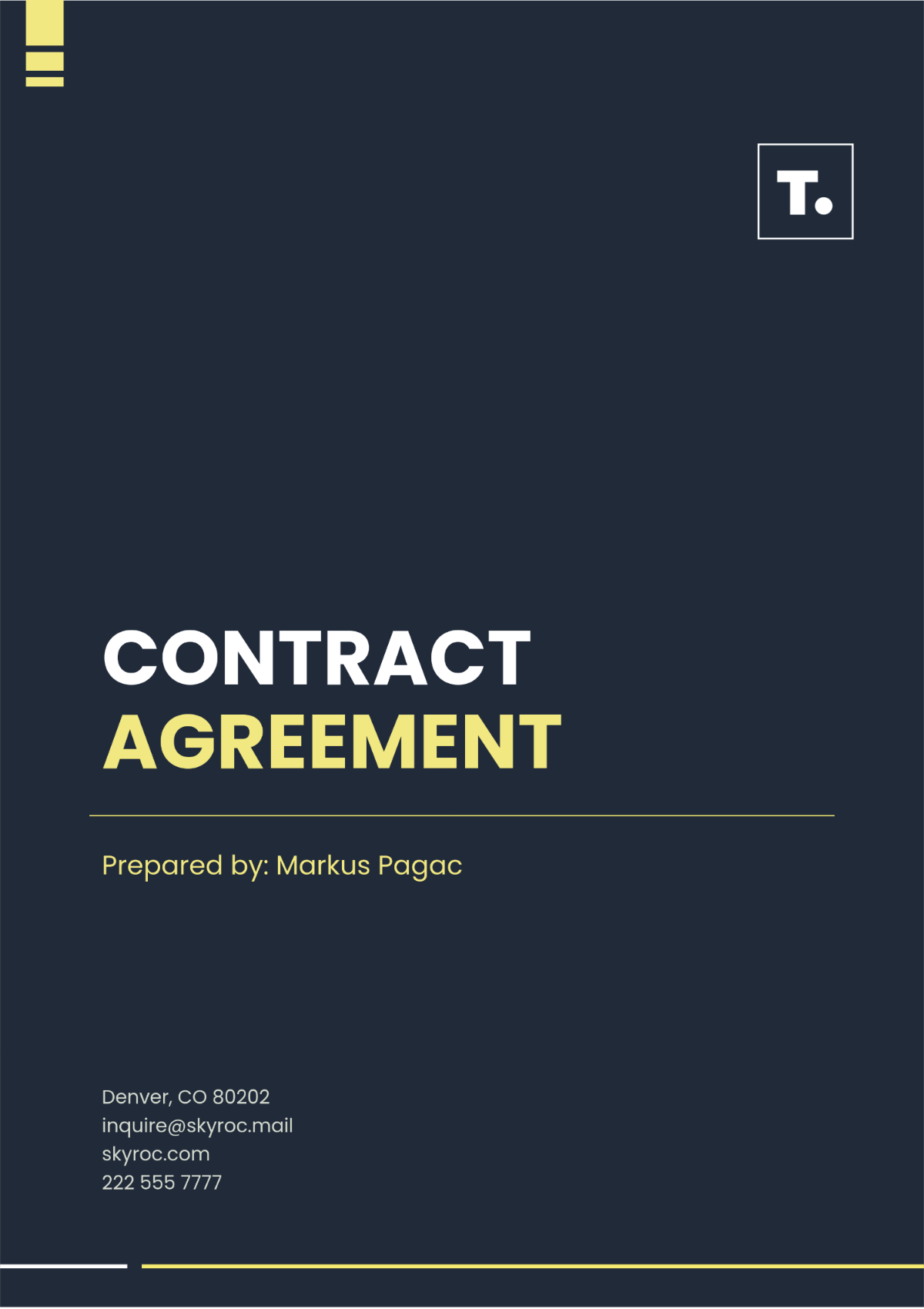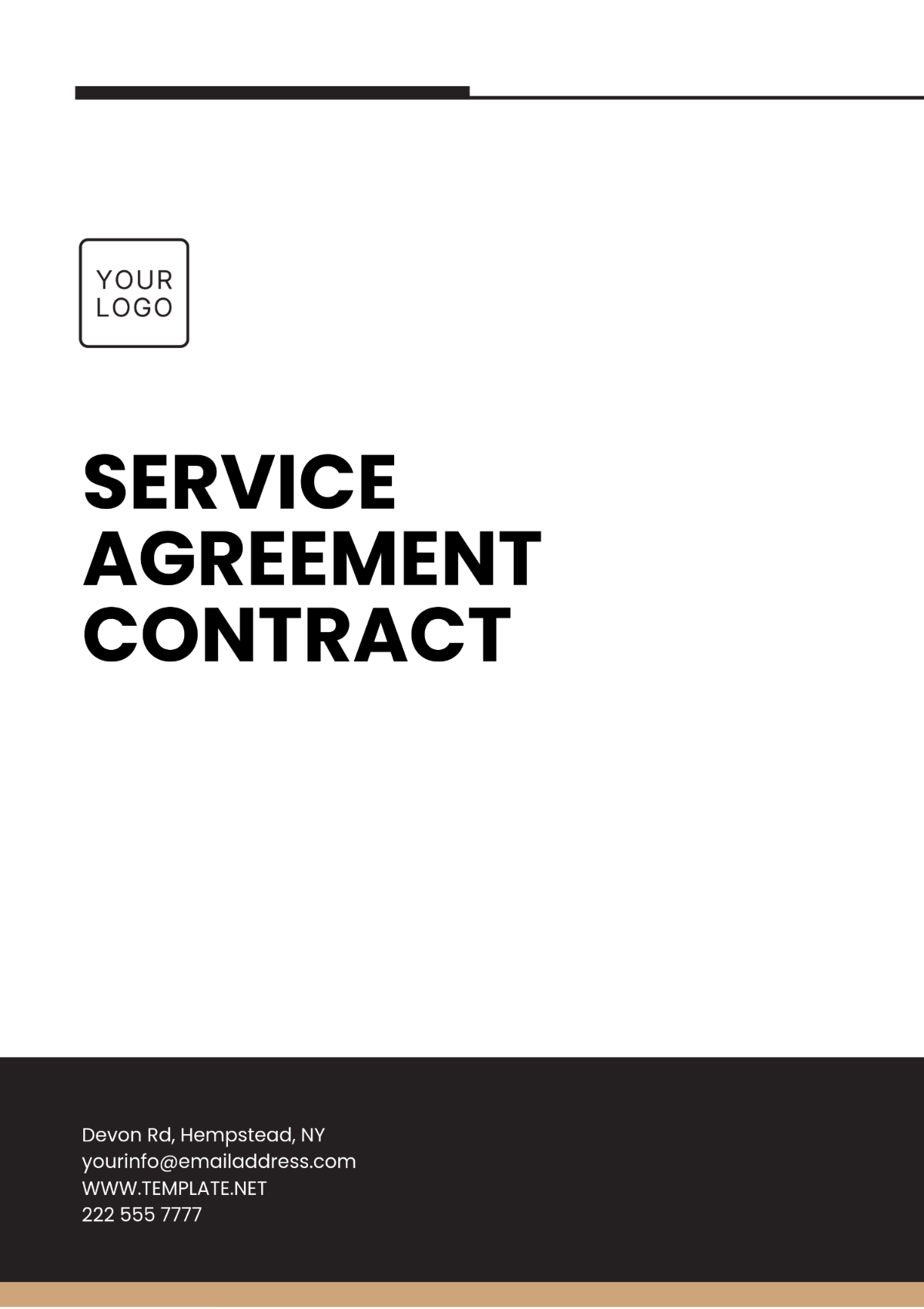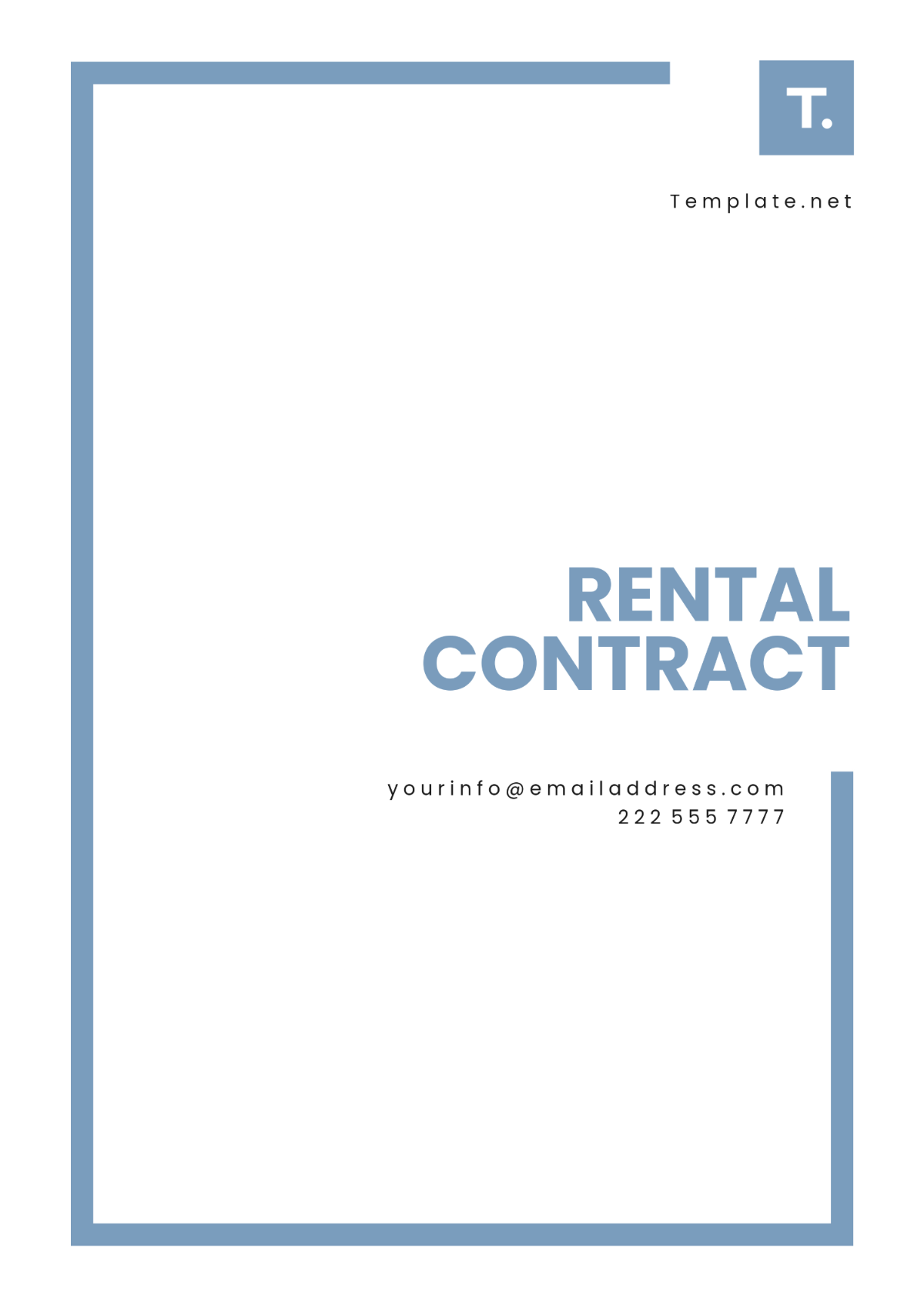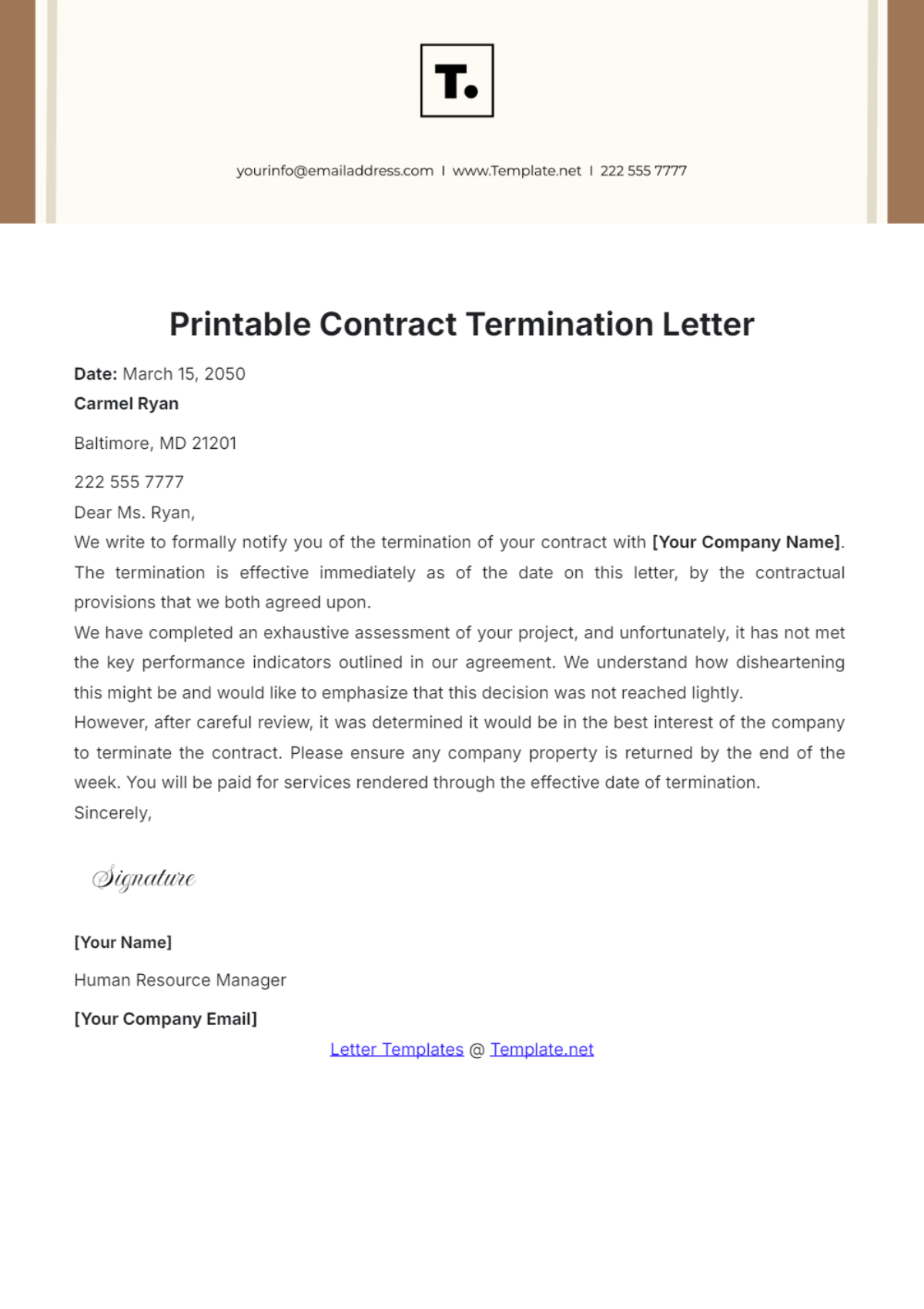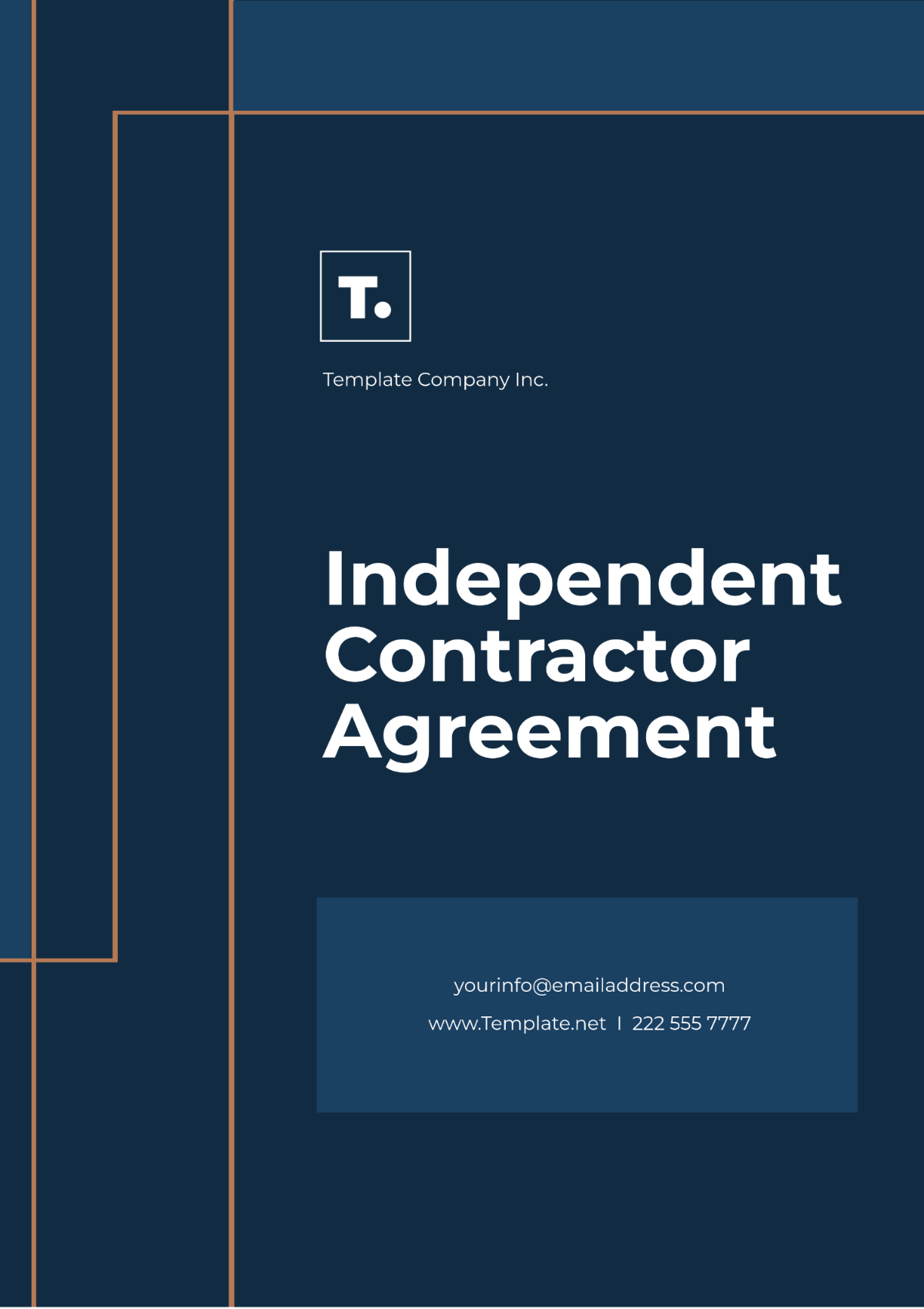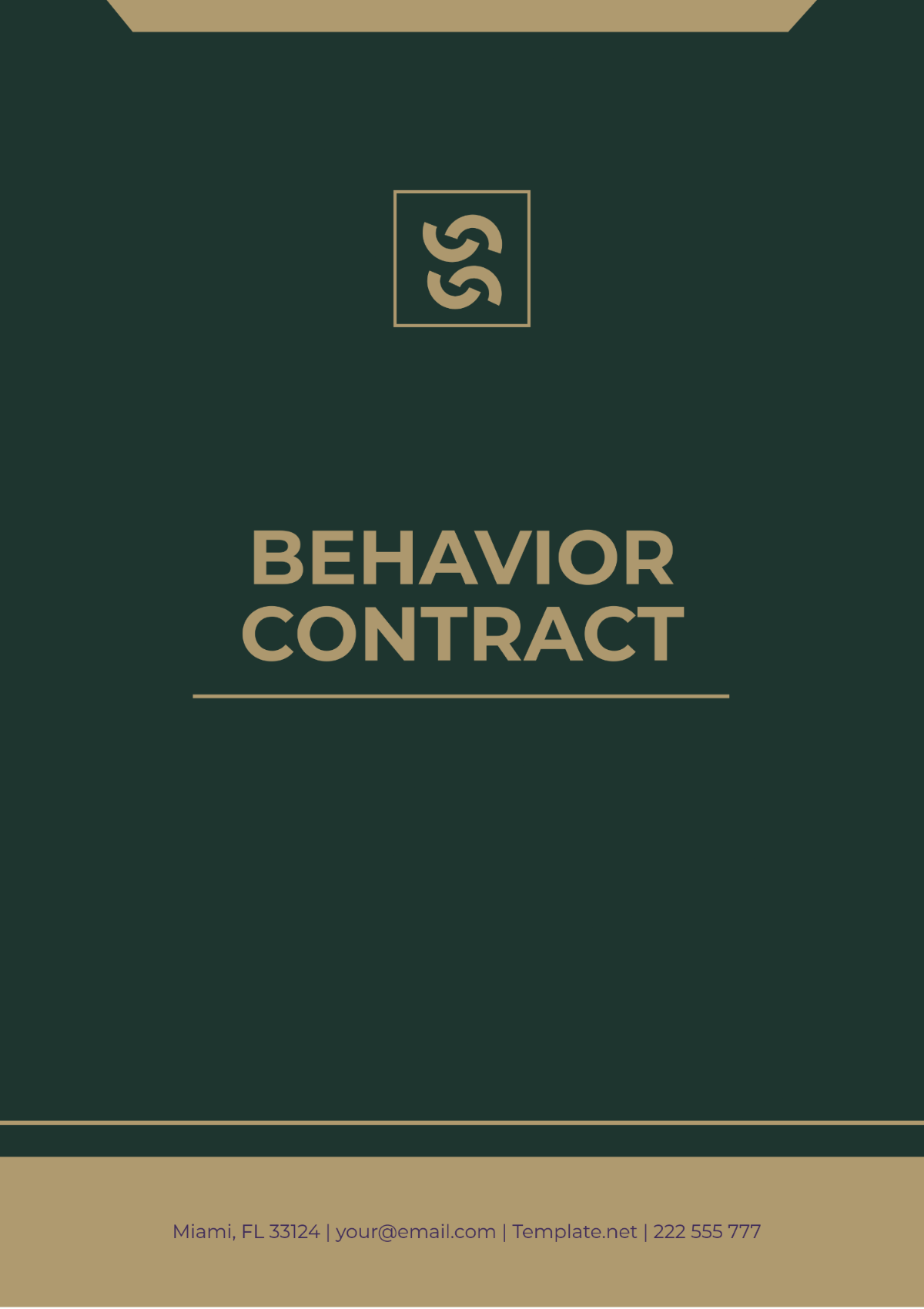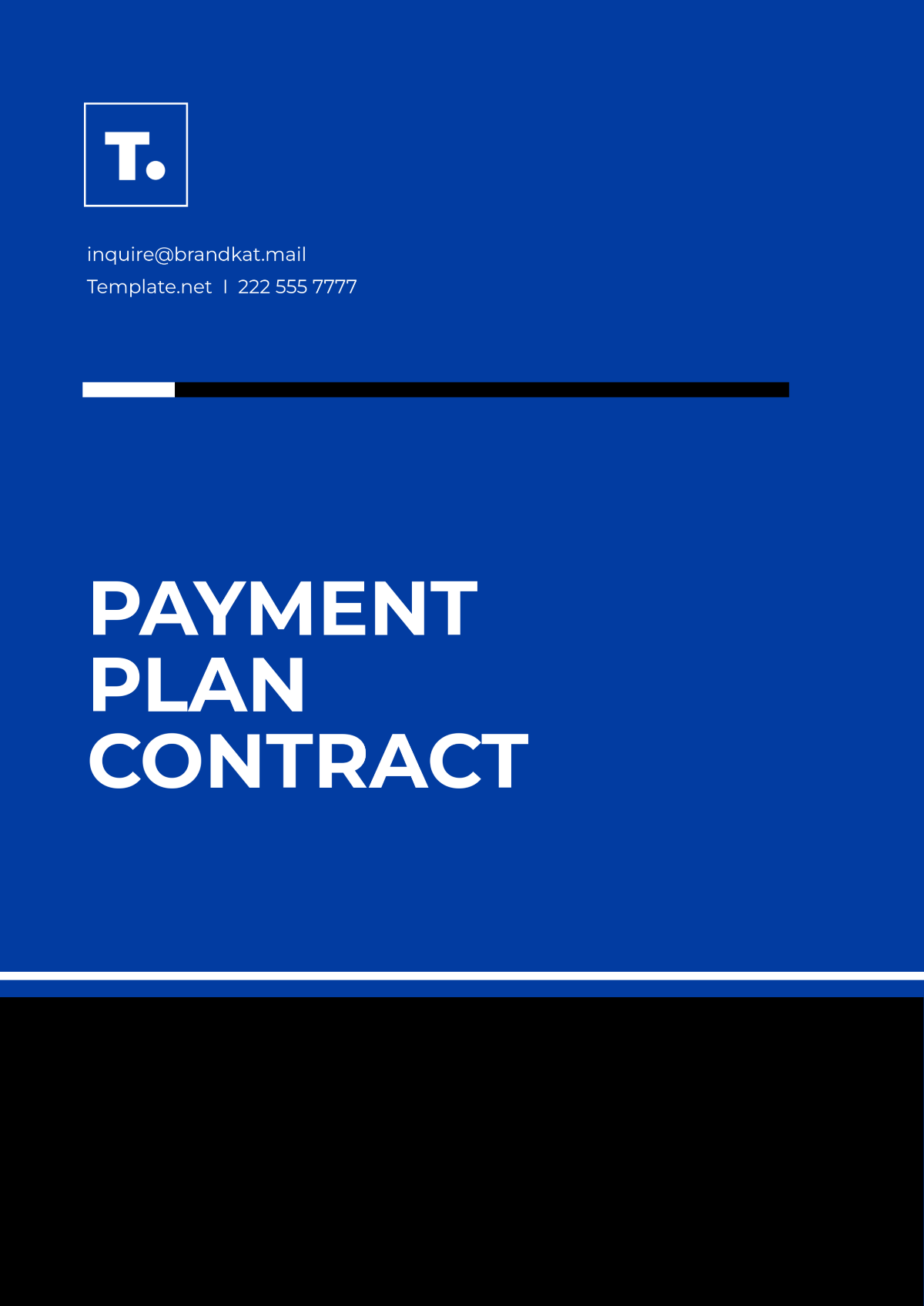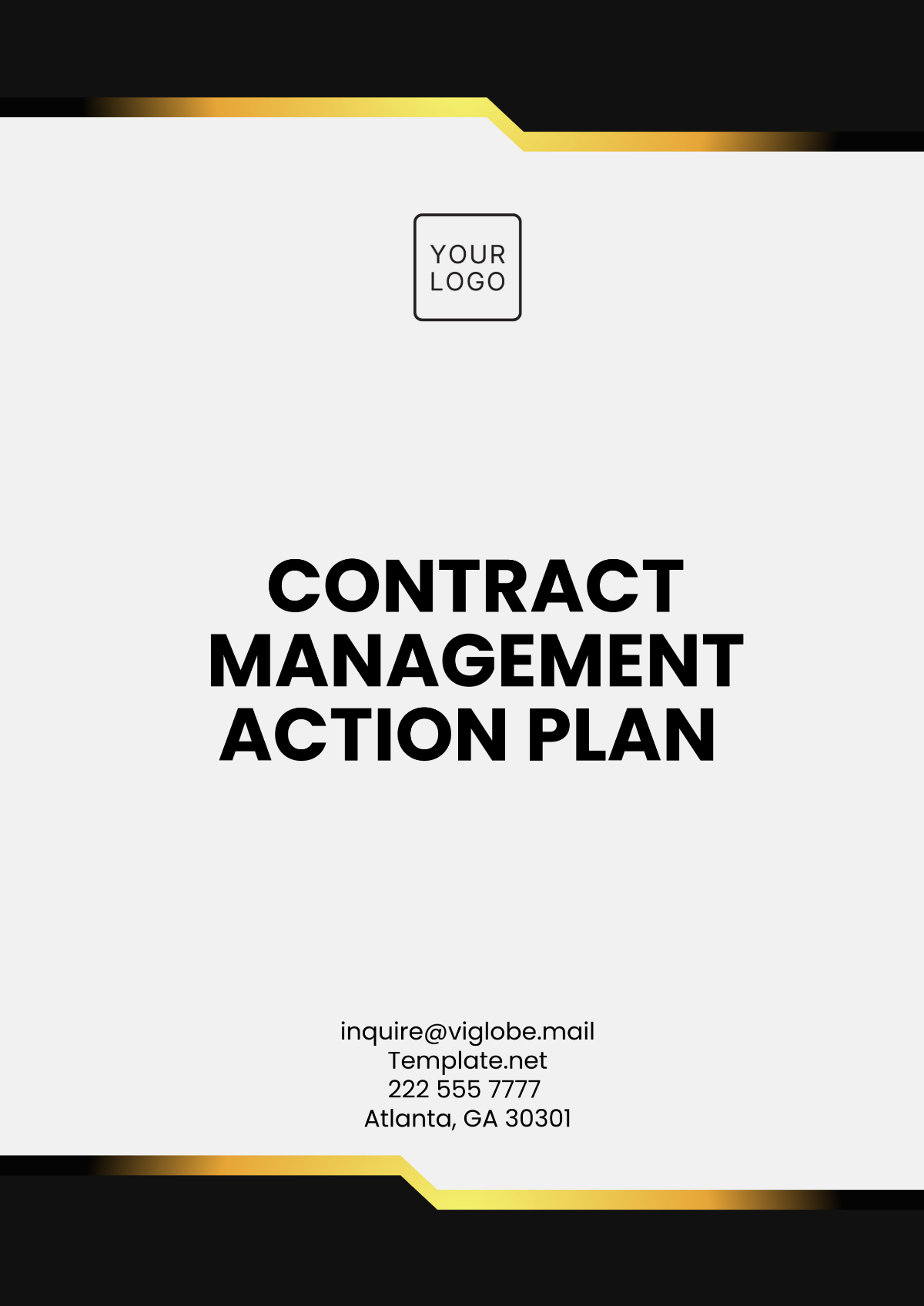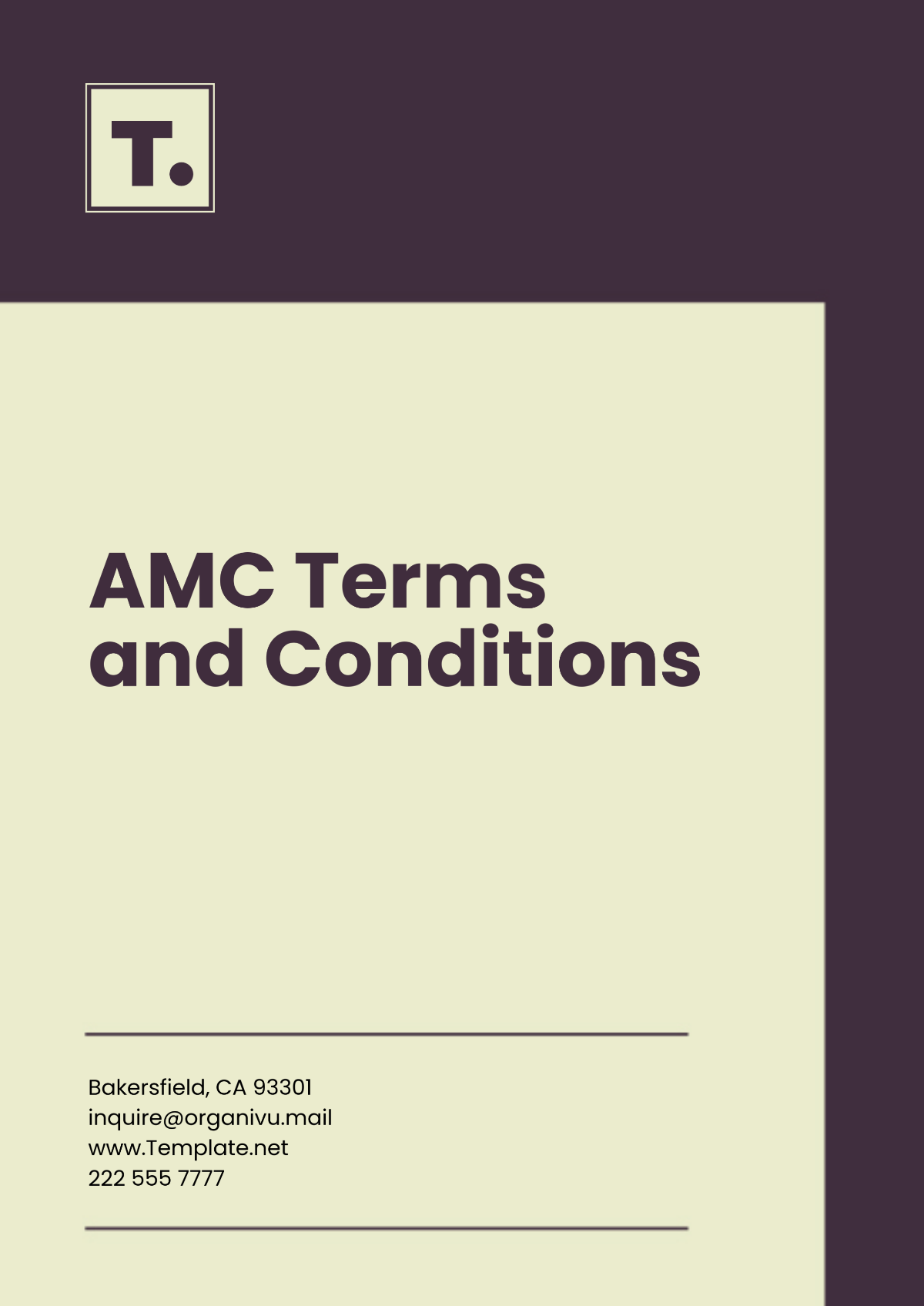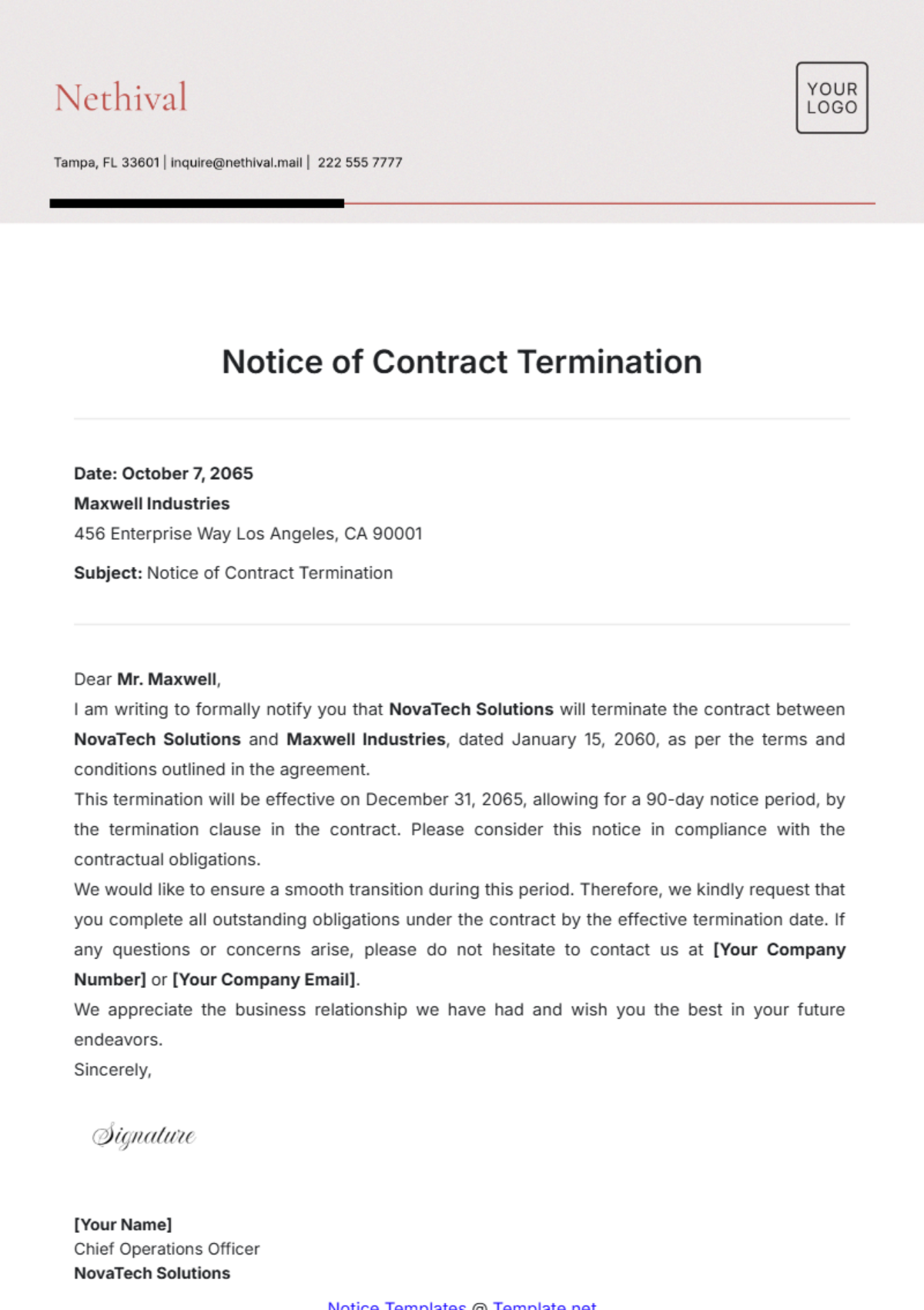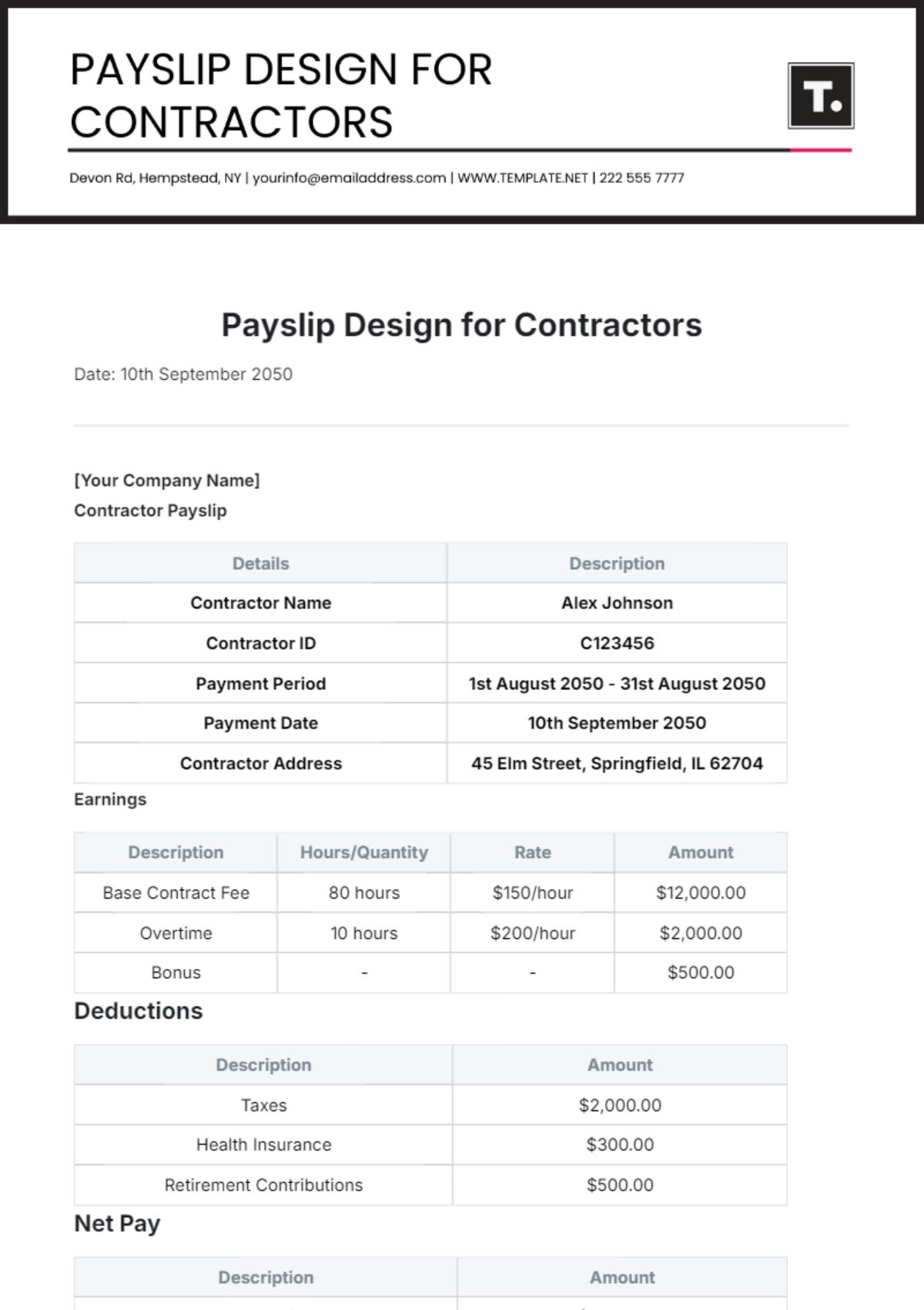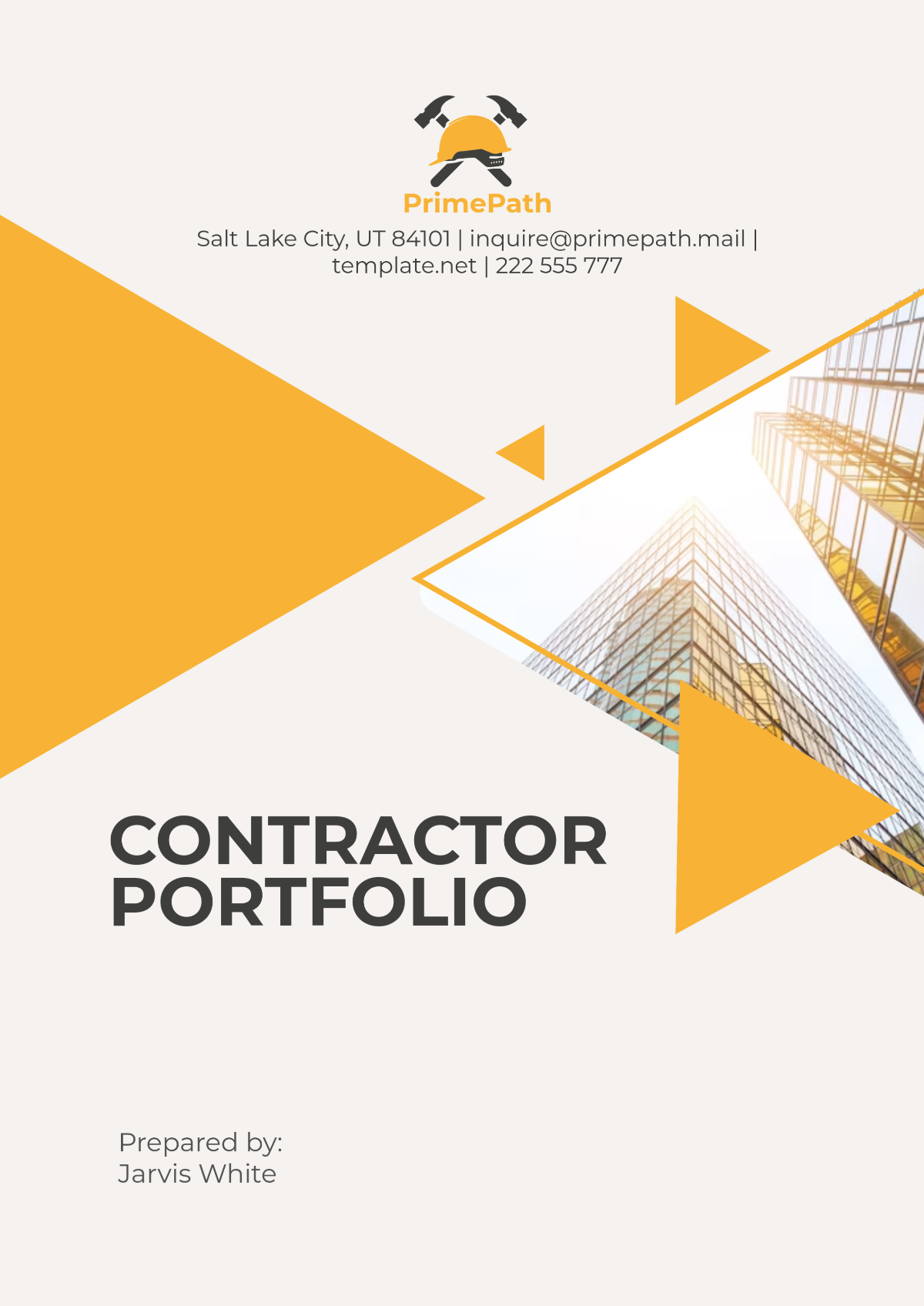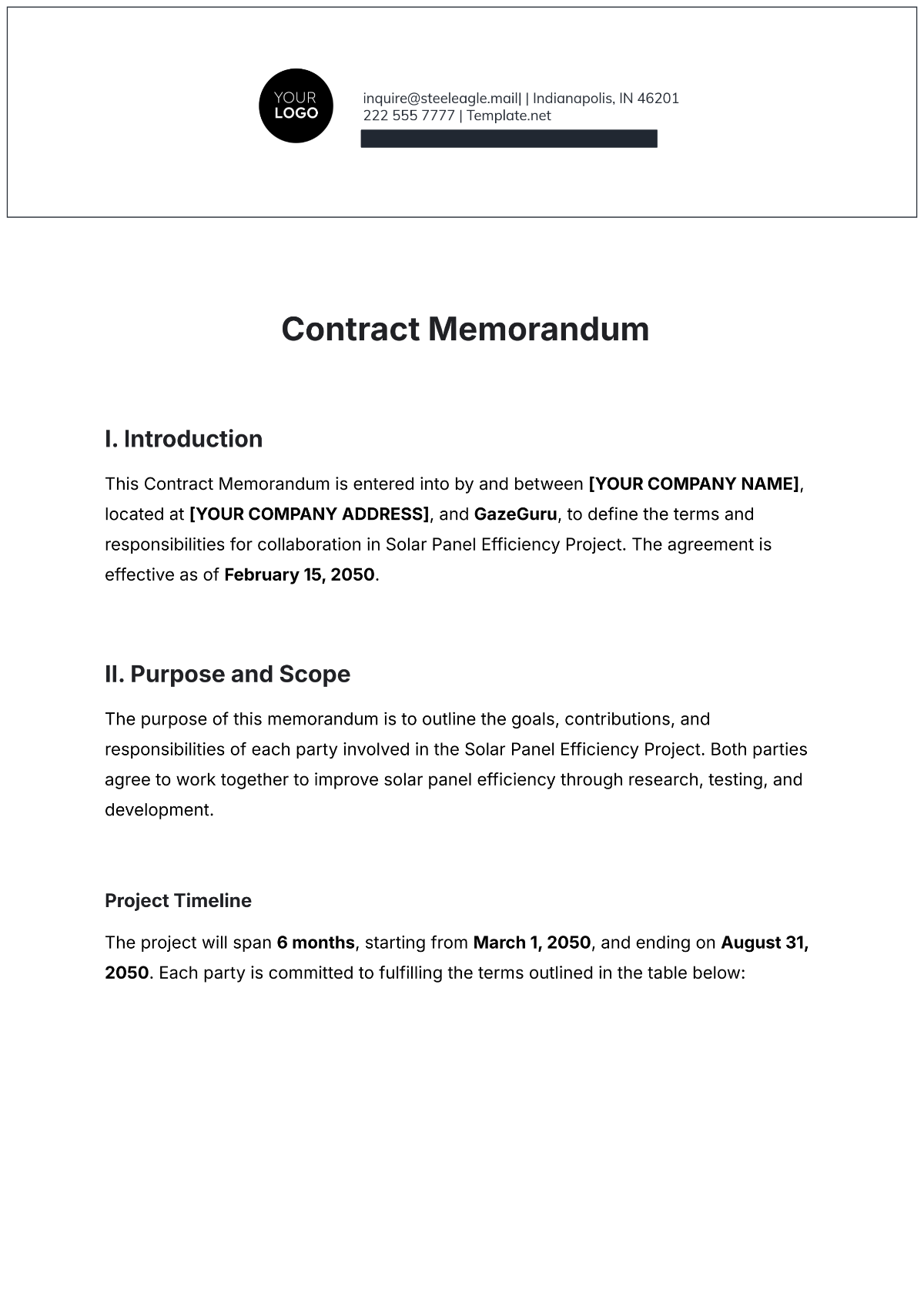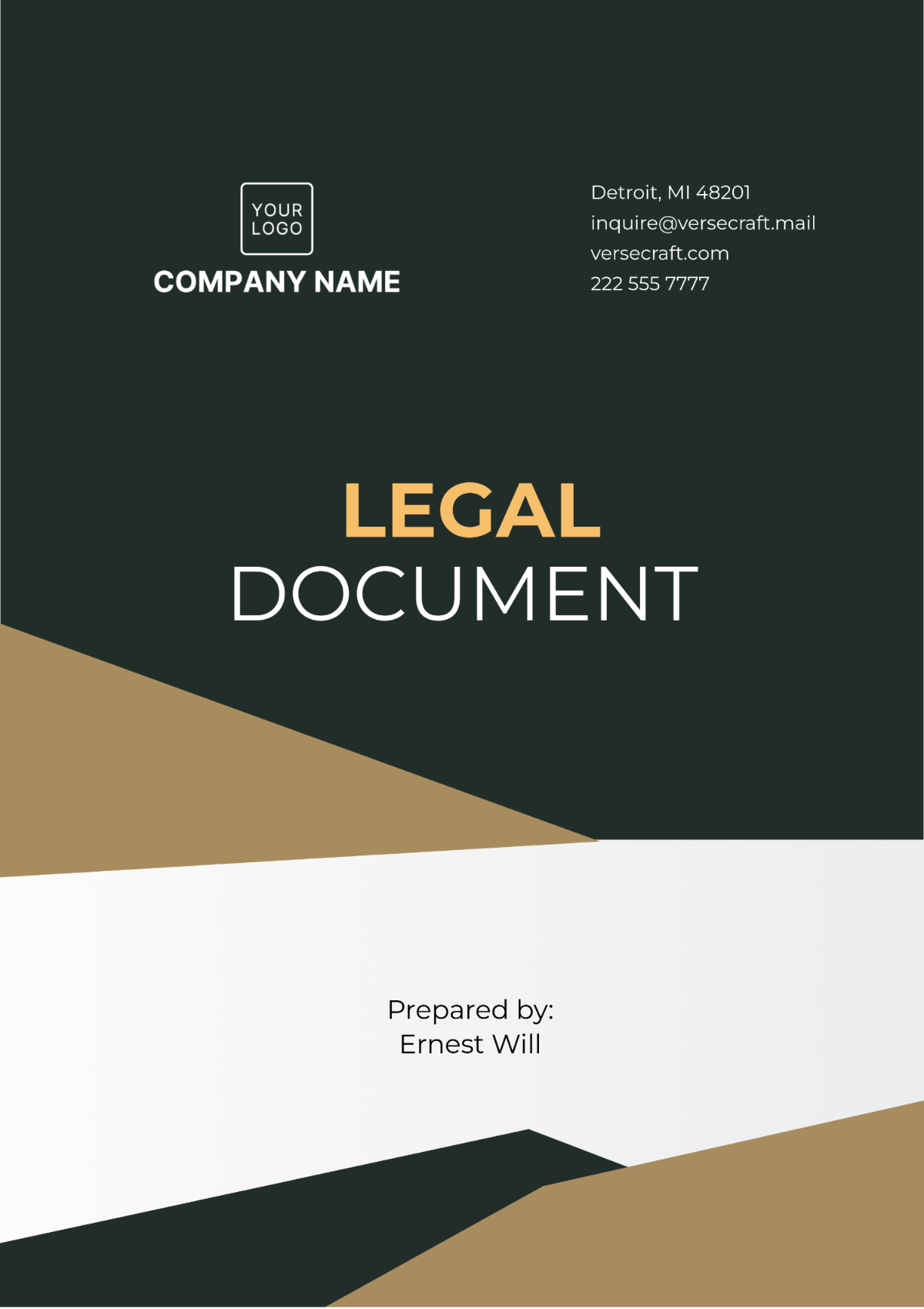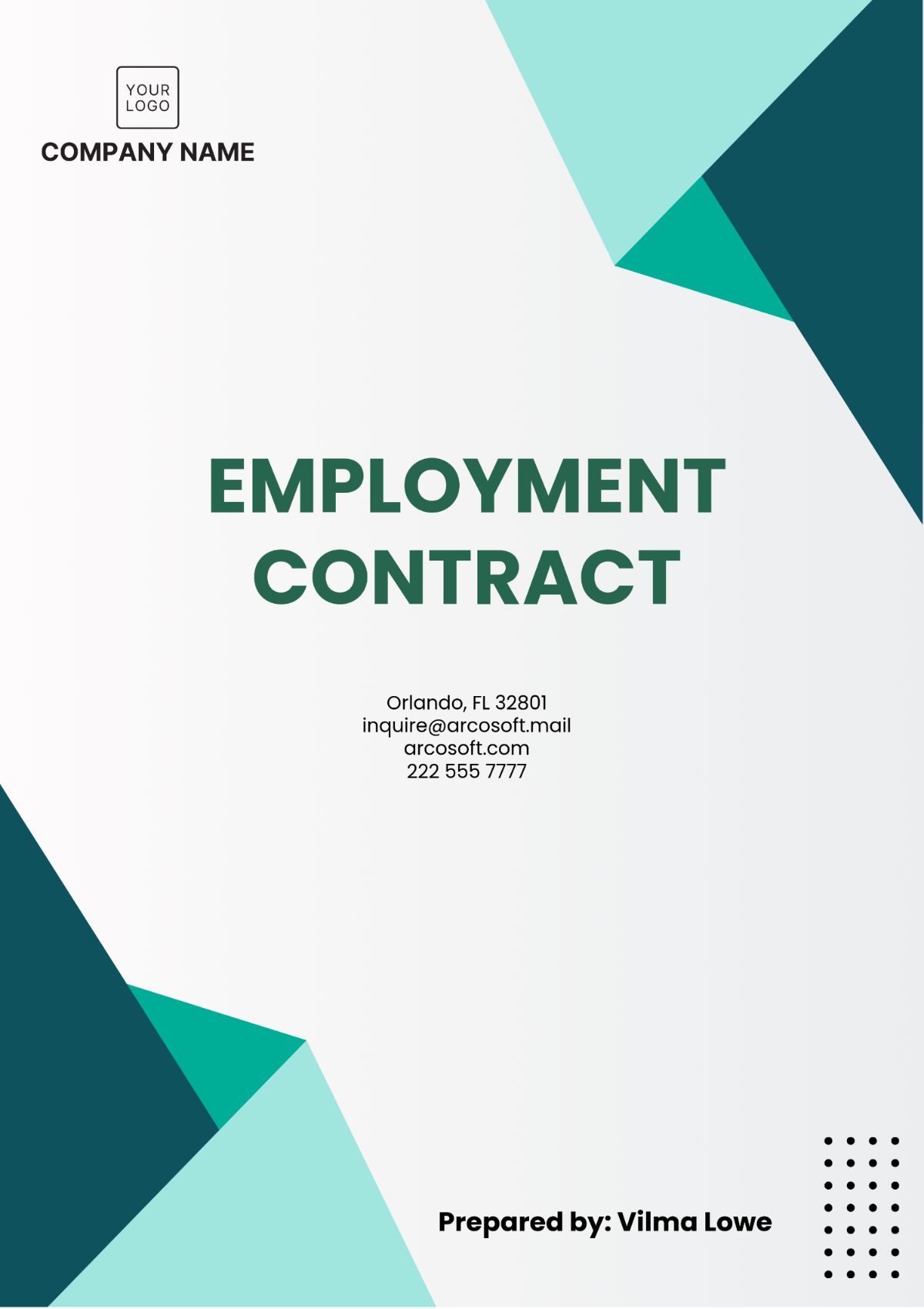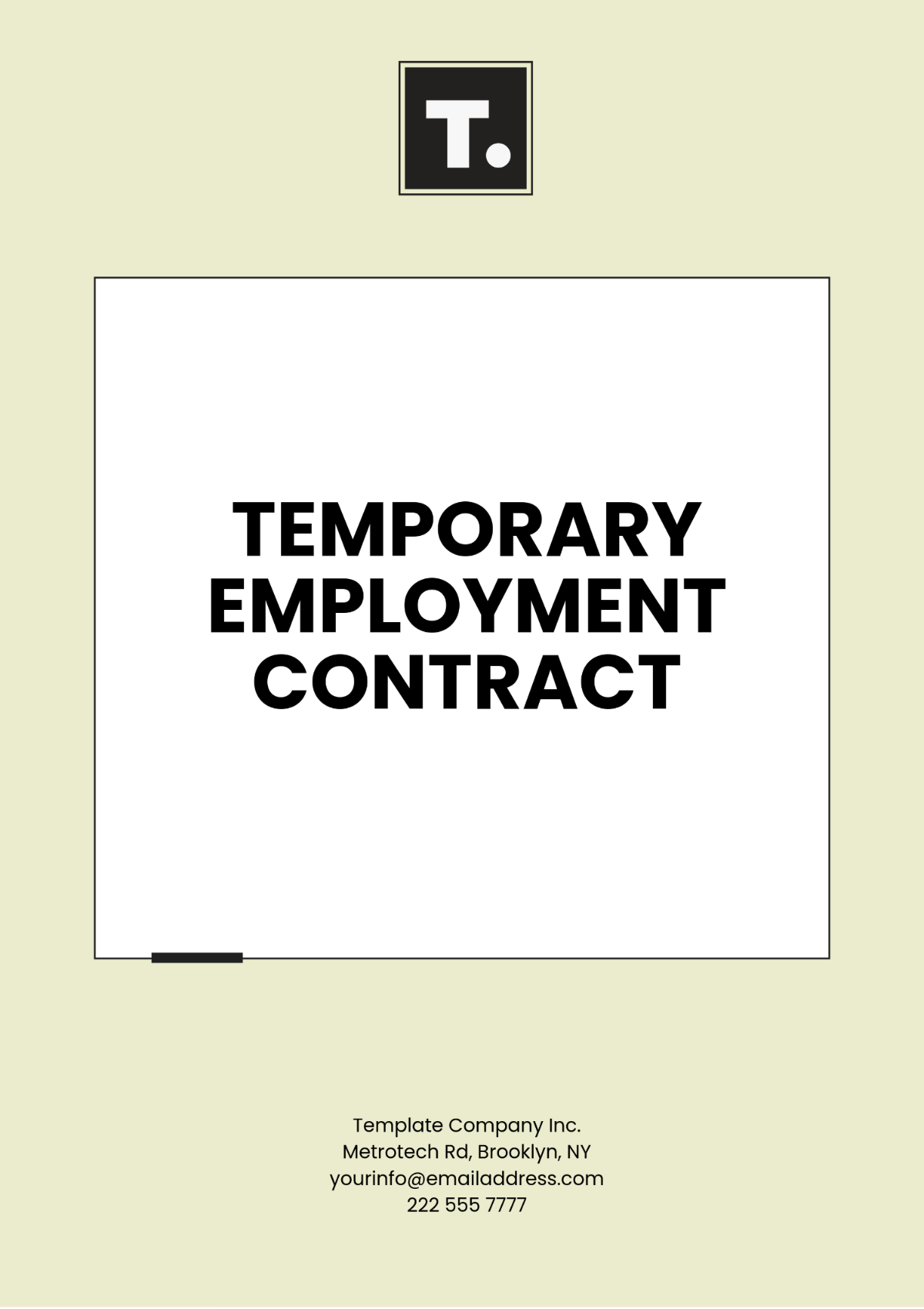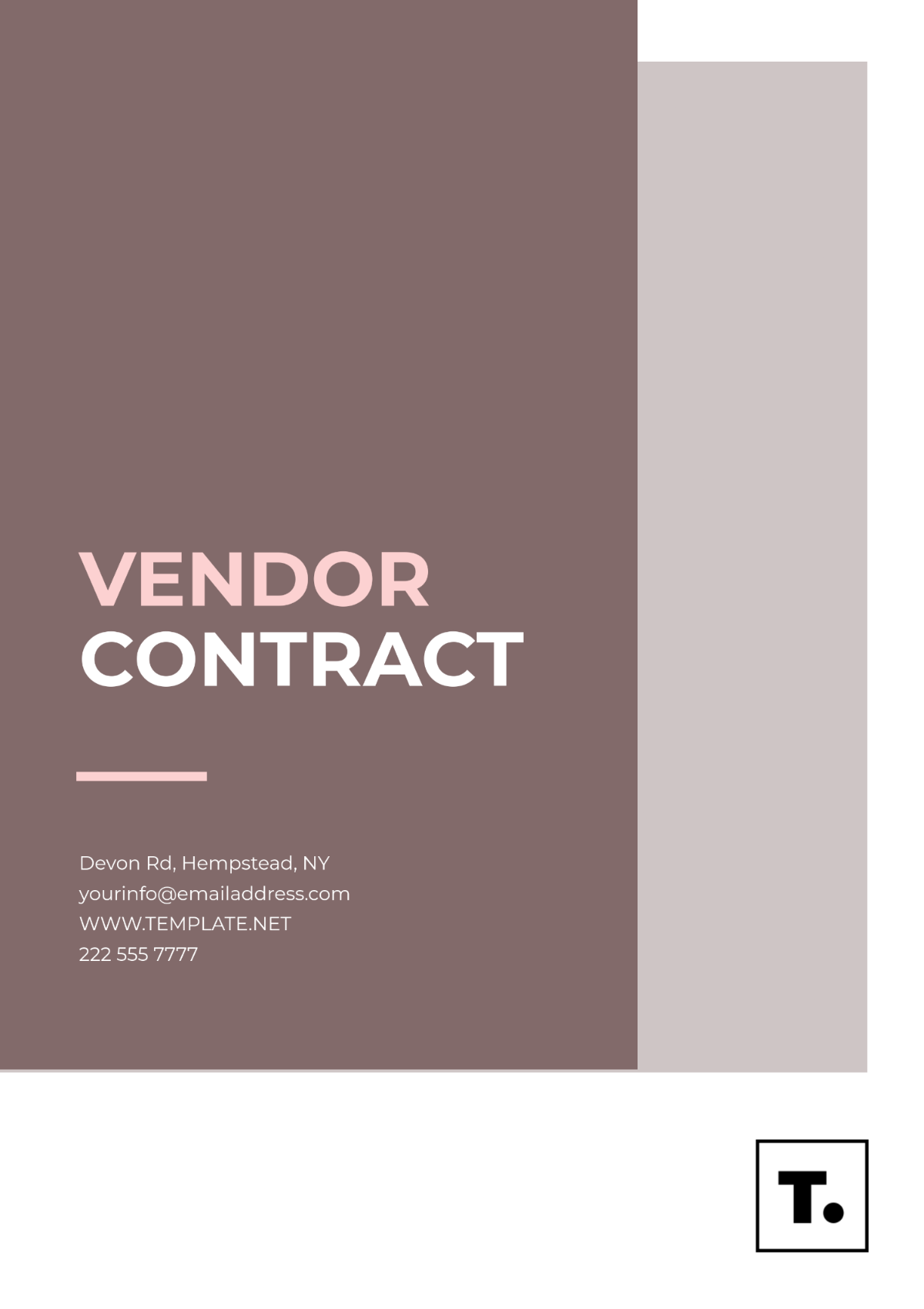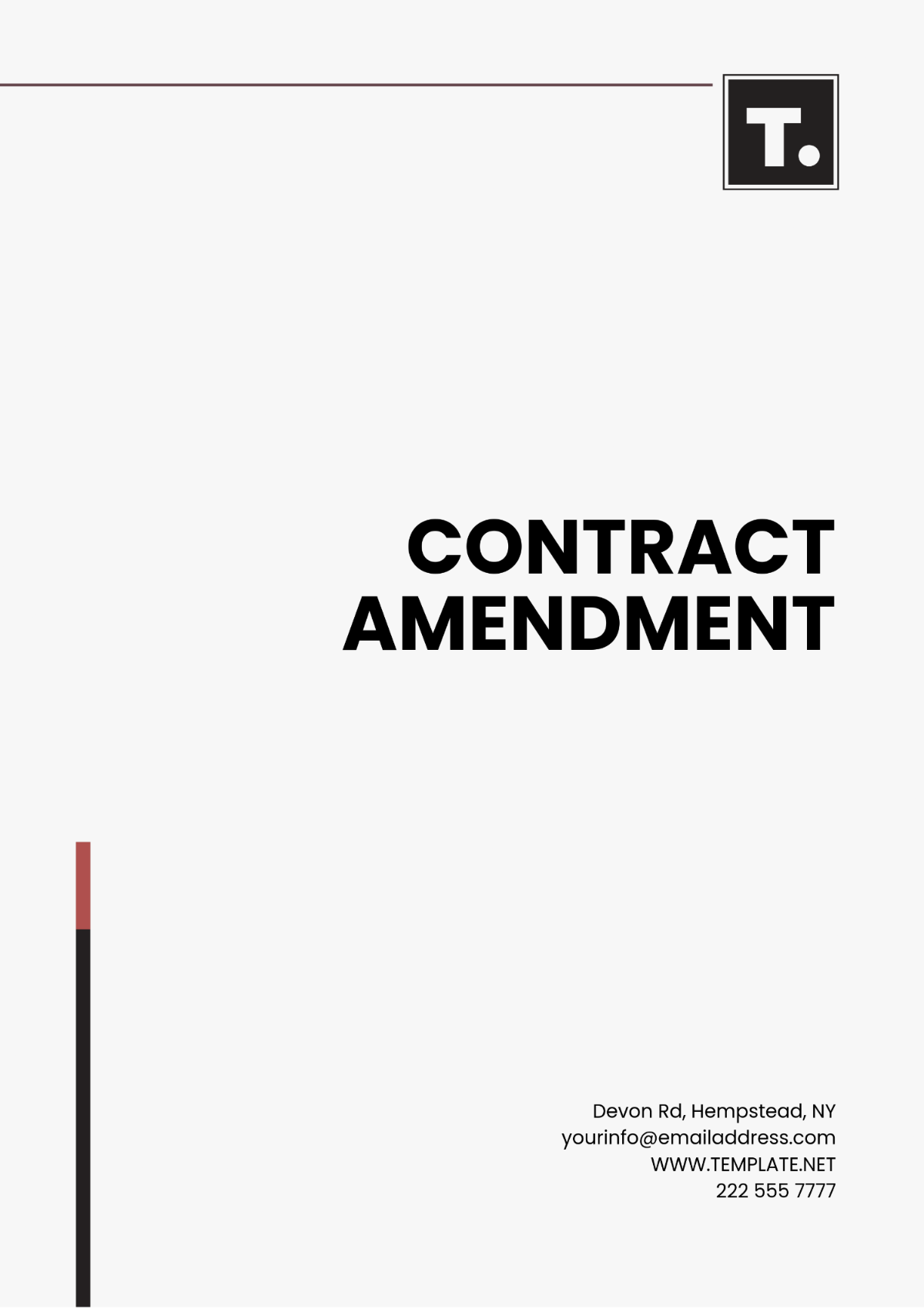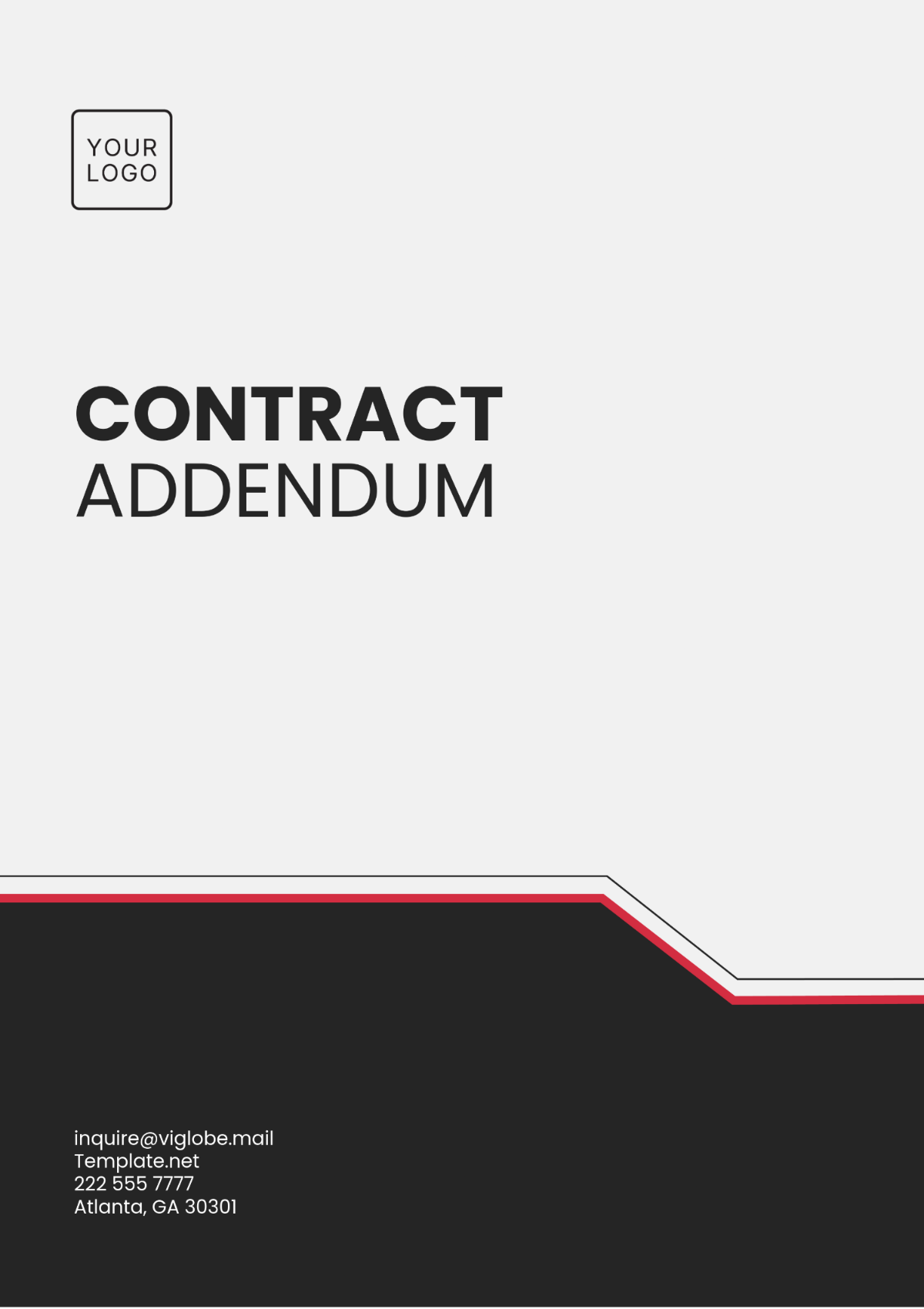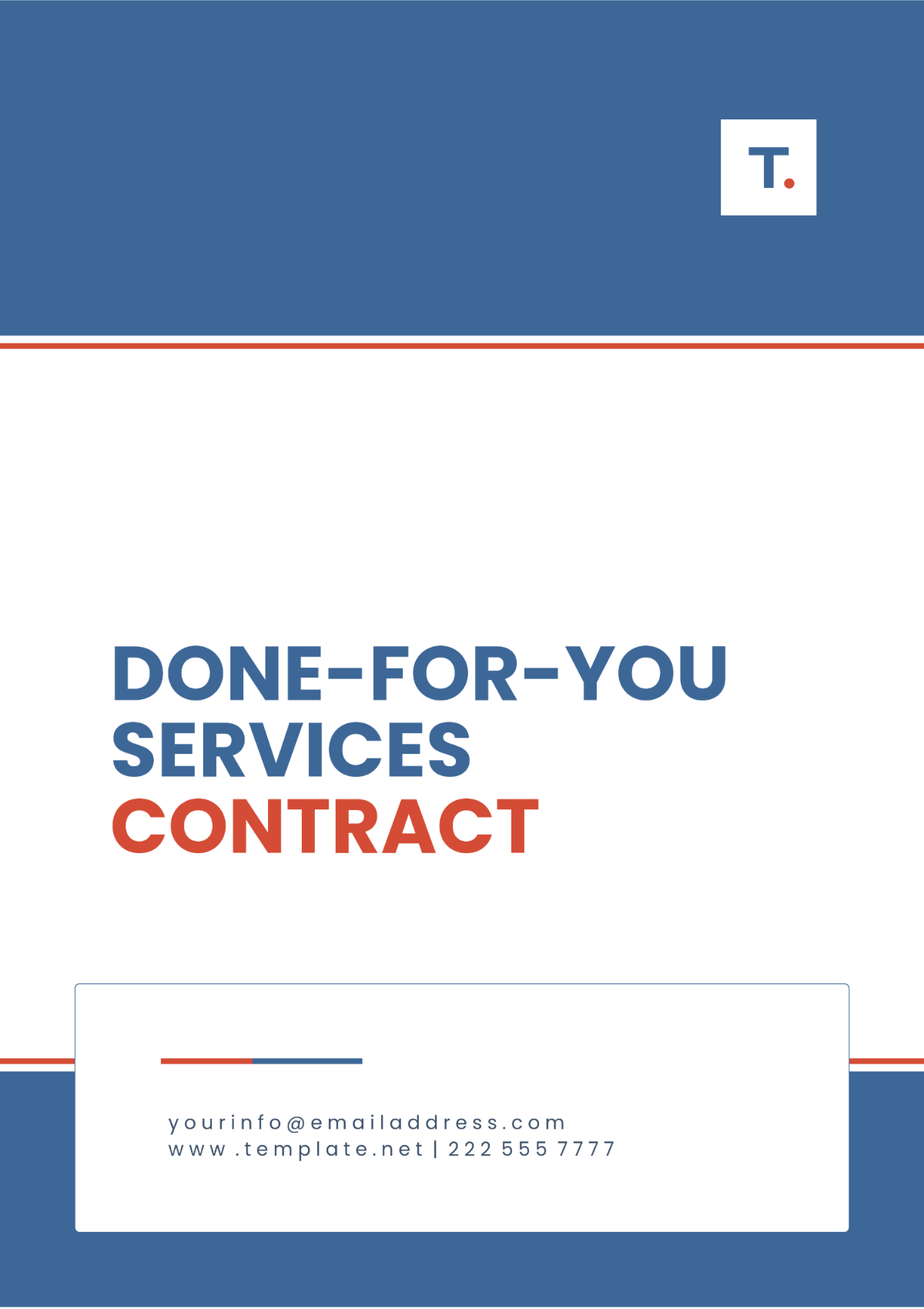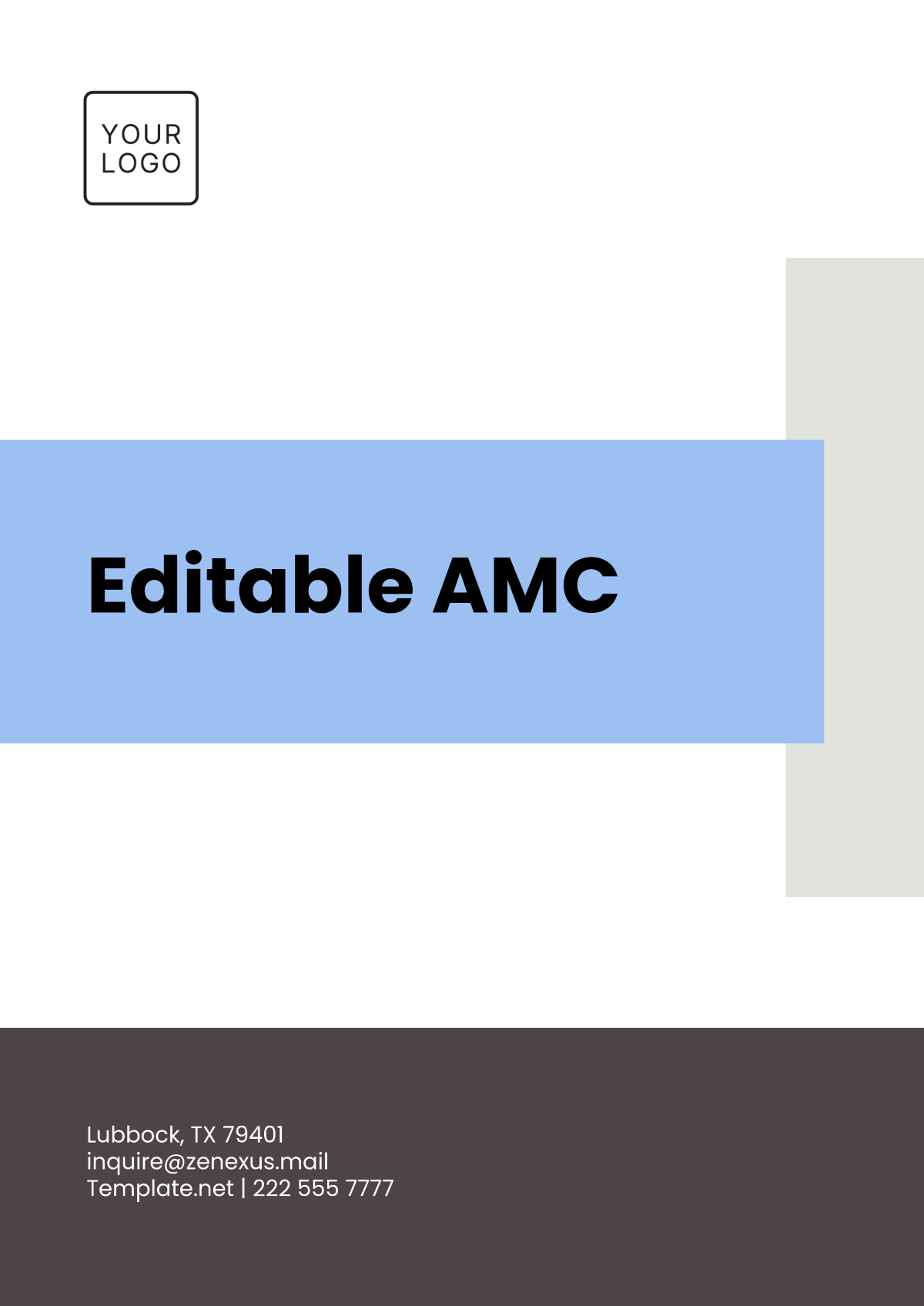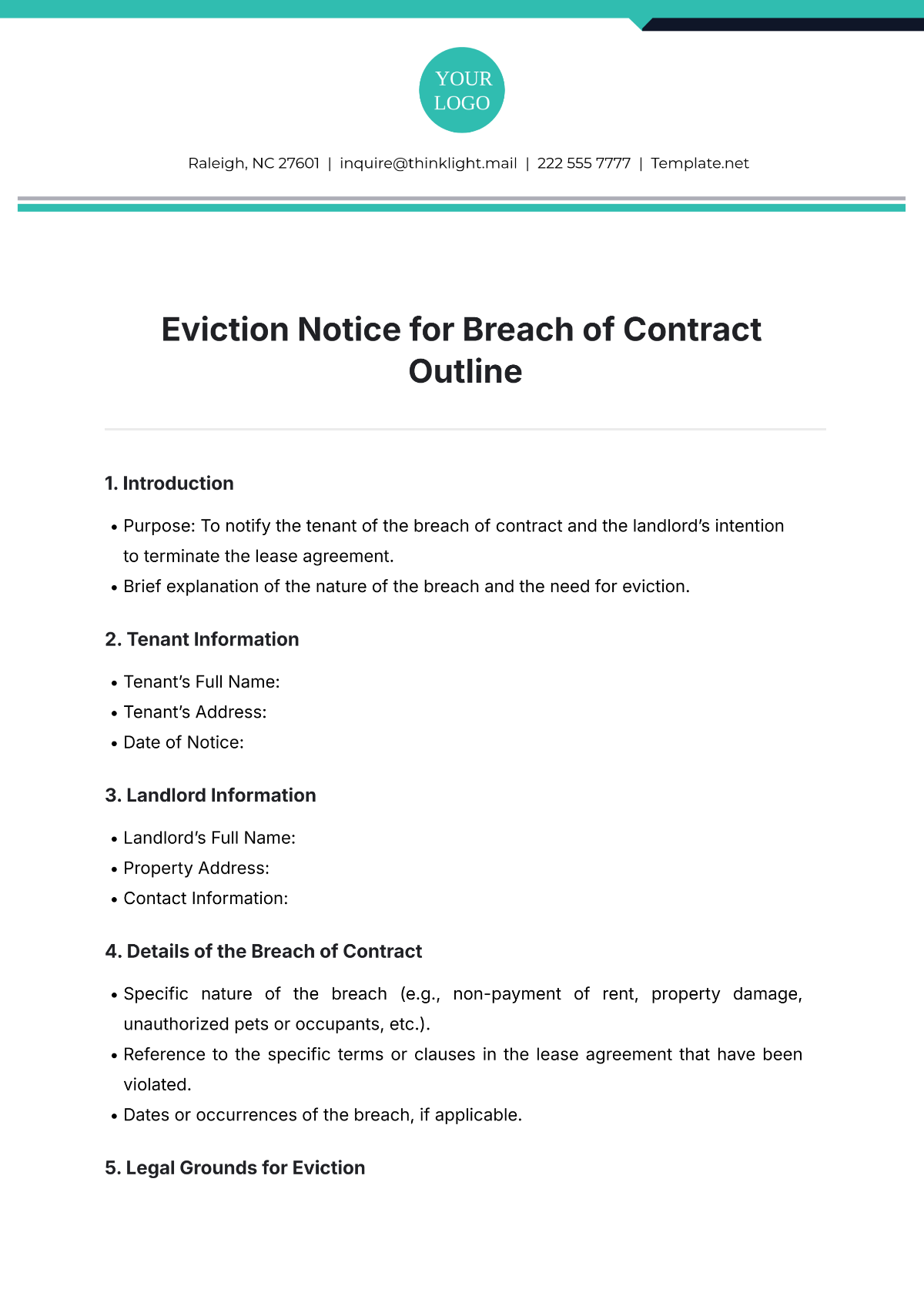Free Contractors on Site Checklist Template
Contractor on Site
This checklist crafted by [Your Name] of [Your Company Name] serves as a guide for on-site contractors and staff to ensure their adherence to safety rules and regulations. Its primary objectives include the following:
Guarantee the safety of all on-site personnel
Ensure that all tasks and activities are in line with stipulated safety regulations
Promote a culture of safety awareness across all levels of operations within a site
Verification of Credentials:
Ensure that all contractors present on the site are officially contracted and have the necessary credentials.
Verify contractor licenses, certifications, and insurance coverage to confirm compliance with regulatory standards.
Site Orientation:
Conduct a site orientation for new contractors, outlining safety protocols, emergency procedures, and site-specific rules.
Provide information on key areas, amenities, and designated work zones.
Personal Protective Equipment (PPE):
Confirm that all contractors are wearing appropriate personal protective equipment (PPE) as per site regulations.
Address any deficiencies in PPE and enforce compliance for the safety of all personnel.
Safety Briefing:
Hold regular safety briefings with contractors to reinforce safety practices and address specific concerns.
Emphasize the importance of reporting hazards and incidents promptly.
Tool and Equipment Inspection:
Inspect tools and equipment used by contractors to ensure they are in proper working condition.
Identify any potential safety hazards related to tools and machinery.
Work Coordination:
Coordinate work schedules and activities among different contractors to minimize conflicts and enhance efficiency.
Encourage open communication and collaboration to achieve project milestones.
Permit and Documentation Review:
Review permits and documentation provided by contractors to ensure they are valid and up-to-date.
Confirm that contractors have submitted the necessary paperwork, such as method statements and risk assessments.
Environmental Compliance:
Ensure that contractors adhere to environmental regulations, including proper waste disposal and pollution prevention measures.
Monitor compliance with any environmental restrictions specific to the project.
Quality Control Inspections:
Conduct quality control inspections to ensure that work performed by contractors meets specified standards.
Address any deviations from the project requirements promptly.
Worksite Cleanliness:
Monitor and enforce cleanliness standards on the worksite.
Ensure that contractors dispose of waste properly and maintain a clutter-free working environment.
Noise and Disruption Management:
Manage noise levels and potential disruptions caused by construction activities.
Coordinate with contractors to schedule noisy activities during appropriate hours to minimize inconvenience.
Conflict Resolution:
Establish a clear process for resolving conflicts or disputes among contractors.
Encourage open dialogue and address issues promptly to maintain a harmonious working environment.
Communication Channels:
Confirm that effective communication channels are established among contractors and with project management.
Address any communication breakdowns promptly to ensure a smooth workflow.
Emergency Response Plan:
Review the emergency response plan with contractors, including evacuation routes and assembly points.
Ensure that contractors are familiar with emergency procedures and contact information.
Documentation and Reporting:
Establish a system for contractors to document and report incidents, accidents, or near misses.
Emphasize the importance of accurate and timely reporting for safety and compliance purposes.
